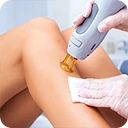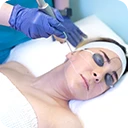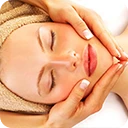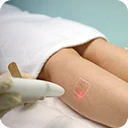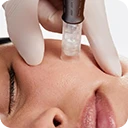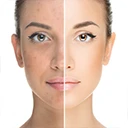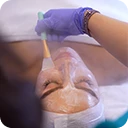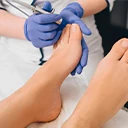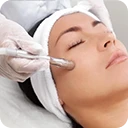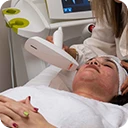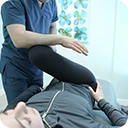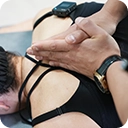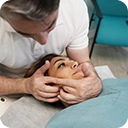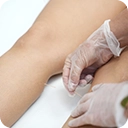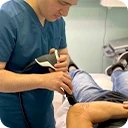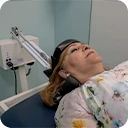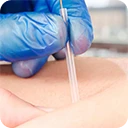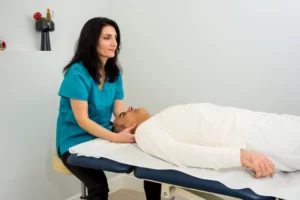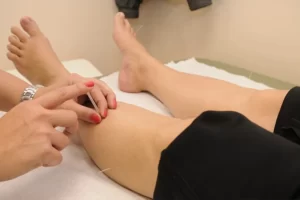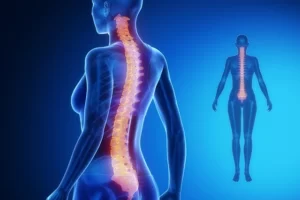Physiotherapy in Vancouver at Limelight Wellness Centre
Ankle And Foot Clinic
Our staff at Limelight Wellness Clinic consist of a team of professionally trained physical therapists and specialists dedicated to helping patients diagnose and treat various common and uncommon foot and ankle issues. We are based in Vancouver and we treat the following issues:
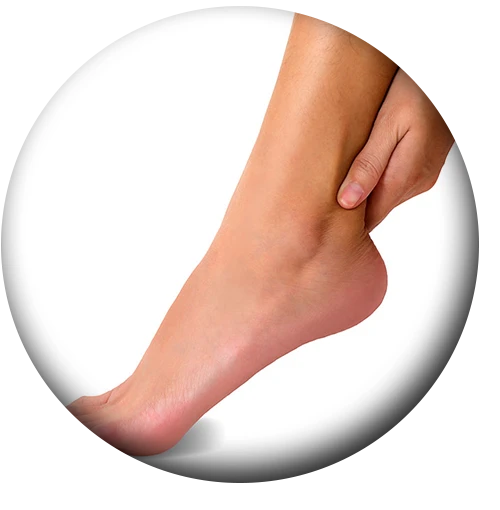
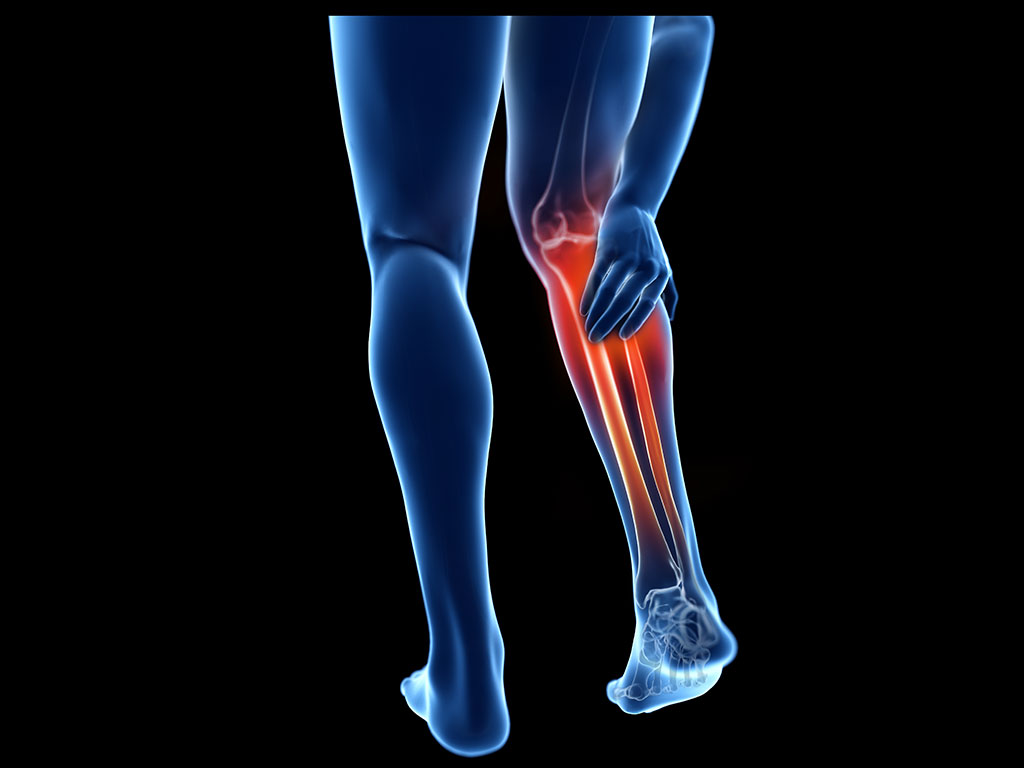
Calf Pain
seeing any of our trained physiotherapists, your heel pain could be diagnosed as:
- Calf muscle cramp
- Calf muscle strain
- Calf muscle contusion
- Soleus Muscle strain
- Achilles tendonitis
Though it’s not as common, it is entirely possible that your calf pain is a result of:
- Blood clot
- Baker’s cyst
- Nerve entrapment
- Popliteal Tendonitis
- Fracture of the lower leg bone, etc.
We typically tackle calf pain by first asking the patients a series of questions, then performing a physical examination to determine the cause of the pain. If the root of the pain is not determined, we will use an x-ray to study the affected area. From that point on, the principles of RICE (rest, ice, compression, and elevation) are administered and are supplemented with some exercises.
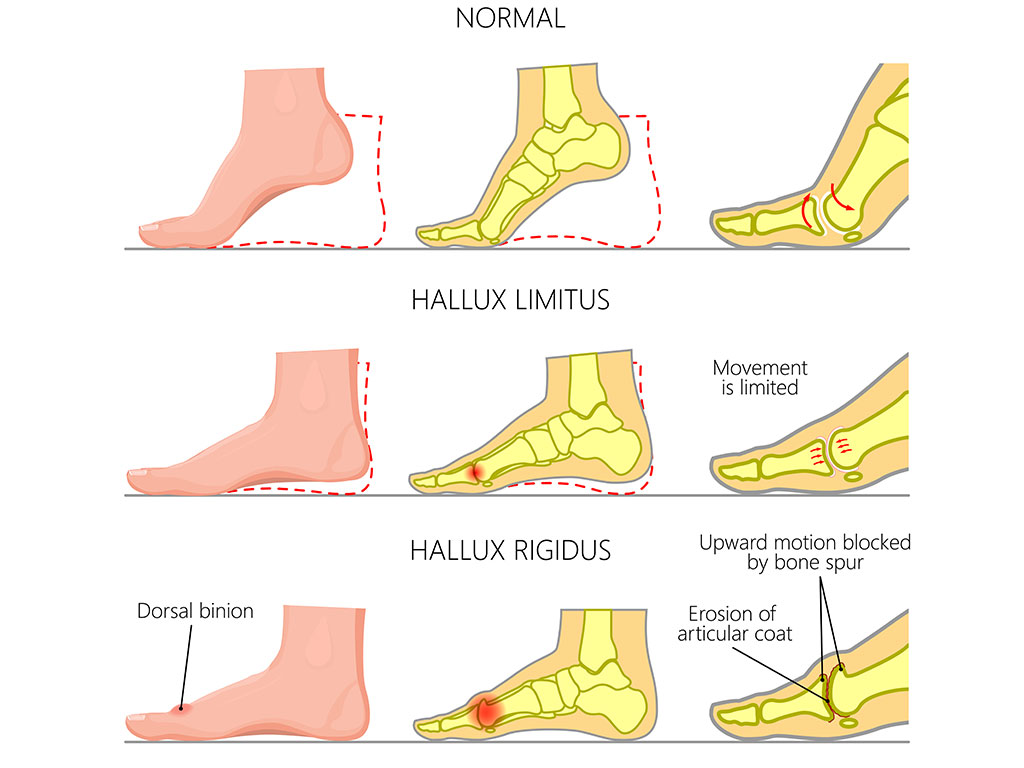
Hallux Rigidus
Eventually, your doctor might recommend surgery to alleviate the pain. It is caused by the overuse of your big toe. Stress accumulates over time as you walk, exercise, and move. Medical conditions like gout, rheumatoid arthritis, and Osteoarthritis can cause Hallux Rigidus.
As with most muscular, joint, or tendon related issues, it can be fixed with enough rest, the right exercises, and in severe cases, surgery Limelight Wellness Clinic has helped hundreds of patients affected by Hallux Rigidus get rid of their pain and recover full control of their limbs.
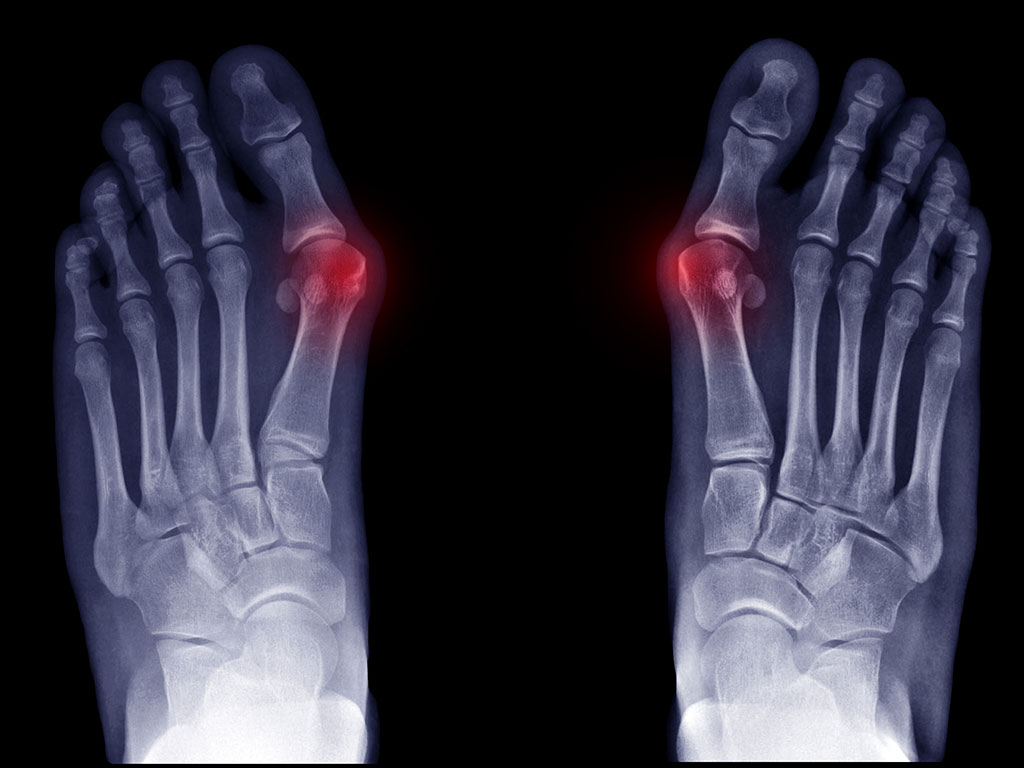
Toe Pain
Depending on the cause of your toe pain, your treatment will differ slightly, but it should not extend beyond implementing Rest, ice, compression, and elevation protocols, plus medication. In very rare cases, surgery is required.
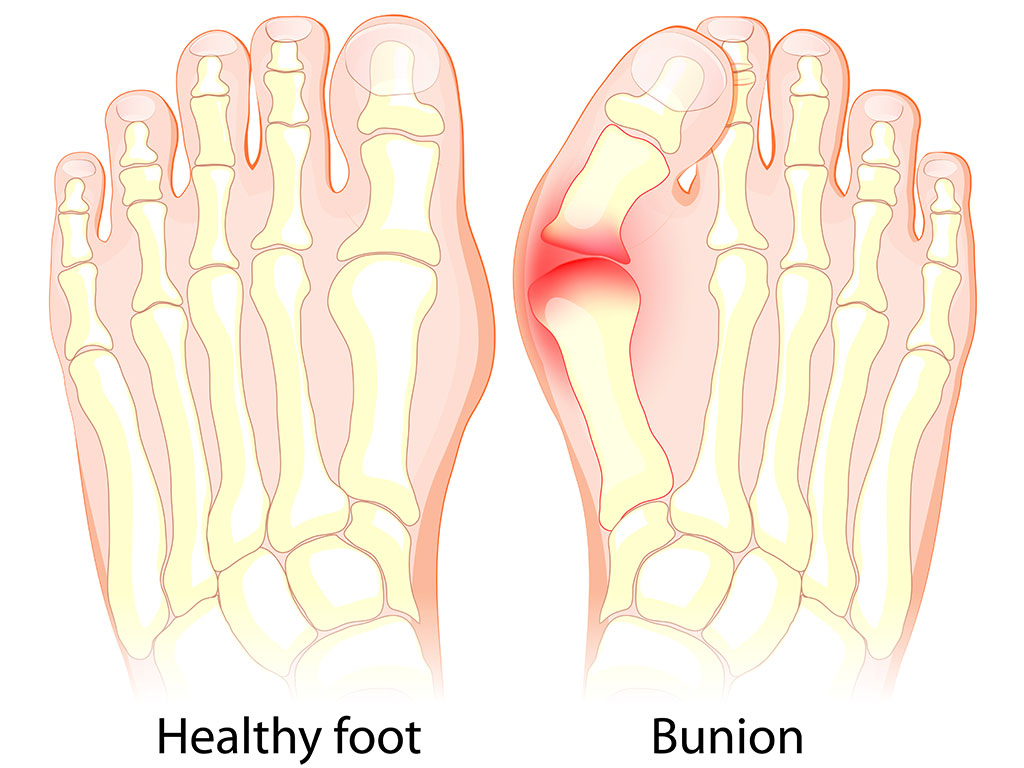
Bunion
They are caused by toe deformities, foot stress and are influenced by factors like inherited foot types. After diagnosis, we treat it with corrective Orthoses and anti-inflammatory drugs.
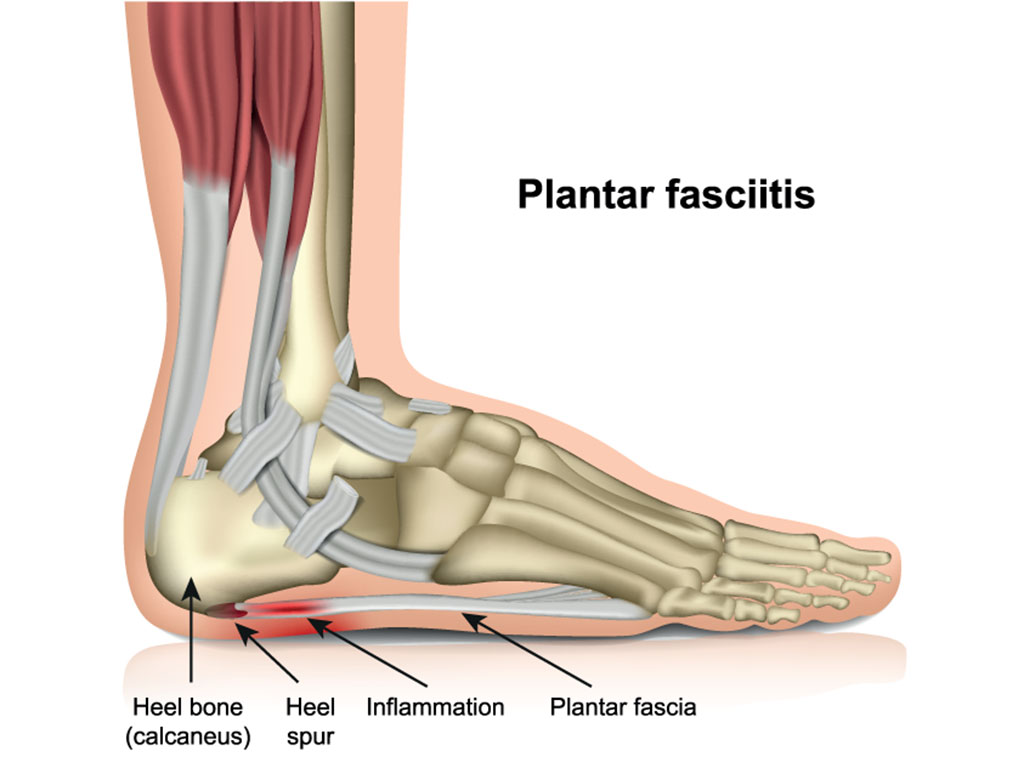
Plantar Fasciitis
It is caused by prolonged stress on the bowstring shaped tendon, which can be a result of age, certain exercises, foot mechanics, obesity, and occupations.
We treat it with night splints, physical therapy, orthoses, and pain relief medication.
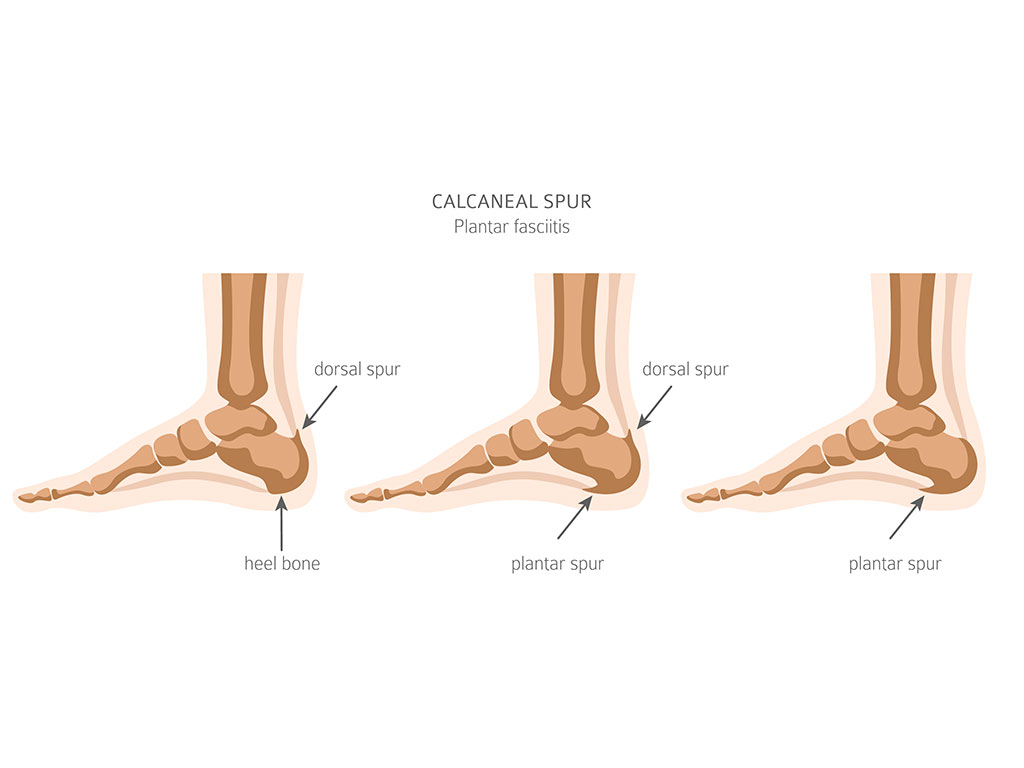
Heel Spur
In unusual cases, they can cause heel pain and are associated with plantar fasciitis.
They can be treated with anti-inflammatory medication, custom made orthotics, exercise, and cortisone injections.
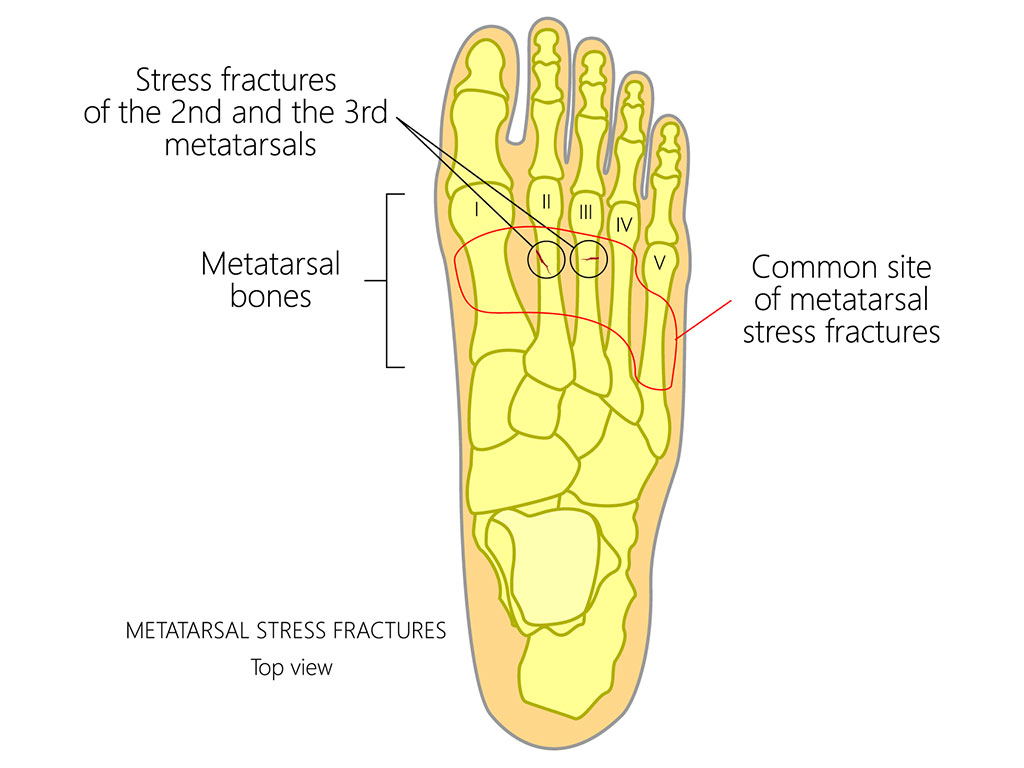
Drop Foot
We treat it by recommending rest, physical therapy, and anti-inflammatory medication If there is any type of swelling.
If you experience any of these conditions, contact us to book an appointment and see one of our in-house therapists to schedule a consultation. We at Limelight Wellness Clinic would love to help your alleviate the pain, prevent and reverse whatever conditions you are experiencing.

Foot Deformities
The four most common types of foot deformities are: claw toes, hammertoes, mallet toes, and tarsal coalition. We treat all sorts of deformities through physical therapy and corrective surgeries.
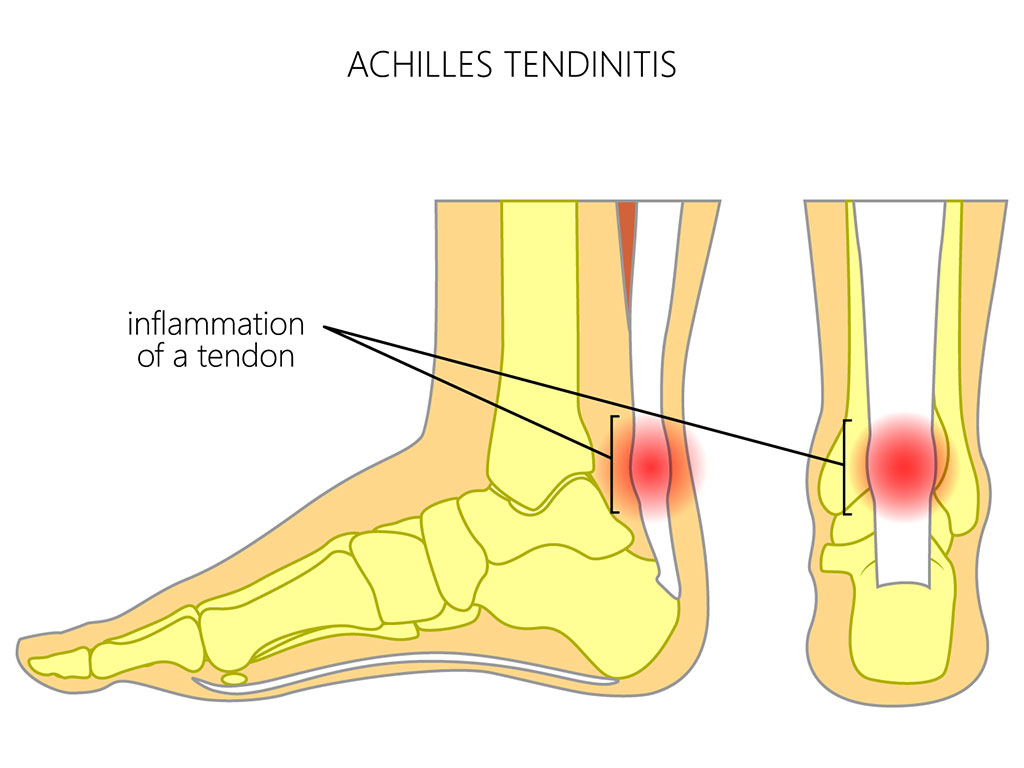
Achilles Tendonitis
Contrary to popular belief, Achilles tendonitis is not always characterized by sharp and severe pain. It starts mild in most patients and grows more severe with overuse. A telltale sign of Achilles tendonitis is a mild ache at the back of your leg. It could be closer to your heel or your calf muscles.
Other symptoms you need to watch out for are:
- Stiffness
- Increased pain during long-running sessions, or climbing
- Stiffness and tenderness, especially in the morning
At Limelight Wellness Clinic we offer therapeutic and surgical solutions to your Achilles tendonitis issues. When you come in for a checkup, we determine whether nor not the problem you are dealing with is indeed caused by tendonitis, then we come up with a treatment plan that should focus on treating your pain.
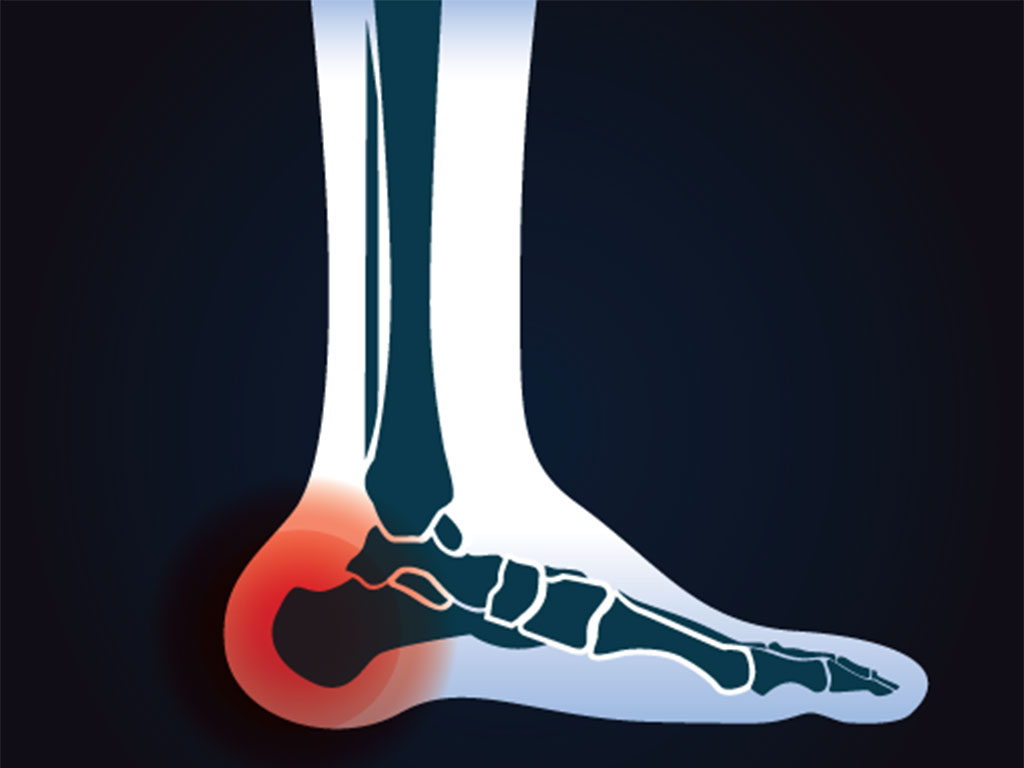
Heel Pain
On your first visit to Limelight Wellness Clinic our first order of business would be to conduct extensive tests on the affected heel or heels to determine the root cause of your heel pain. We will, of course, require you to answer a series of questions to better guide us and help us identify the root of your pain. After that, we perform physical therapy and administer medications, which could be done onsite or at your residence.
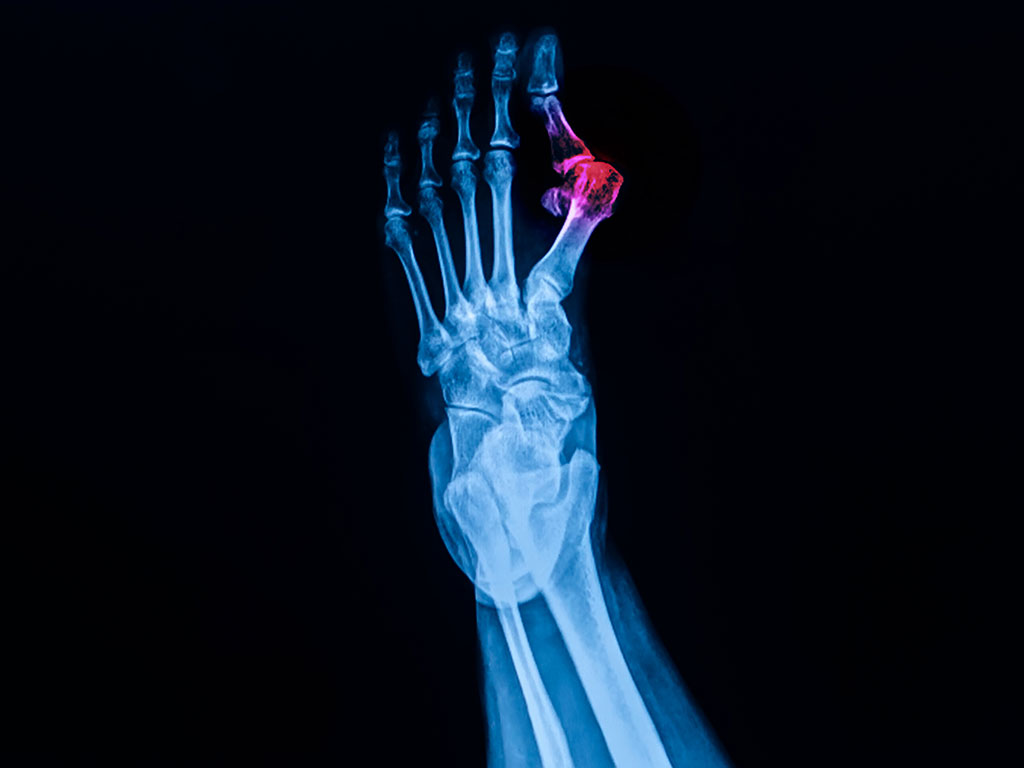
Toe Deviation
At Limelight Wellness Clinic we treat it through orthoses, special shoes, insoles and other physical modalities.
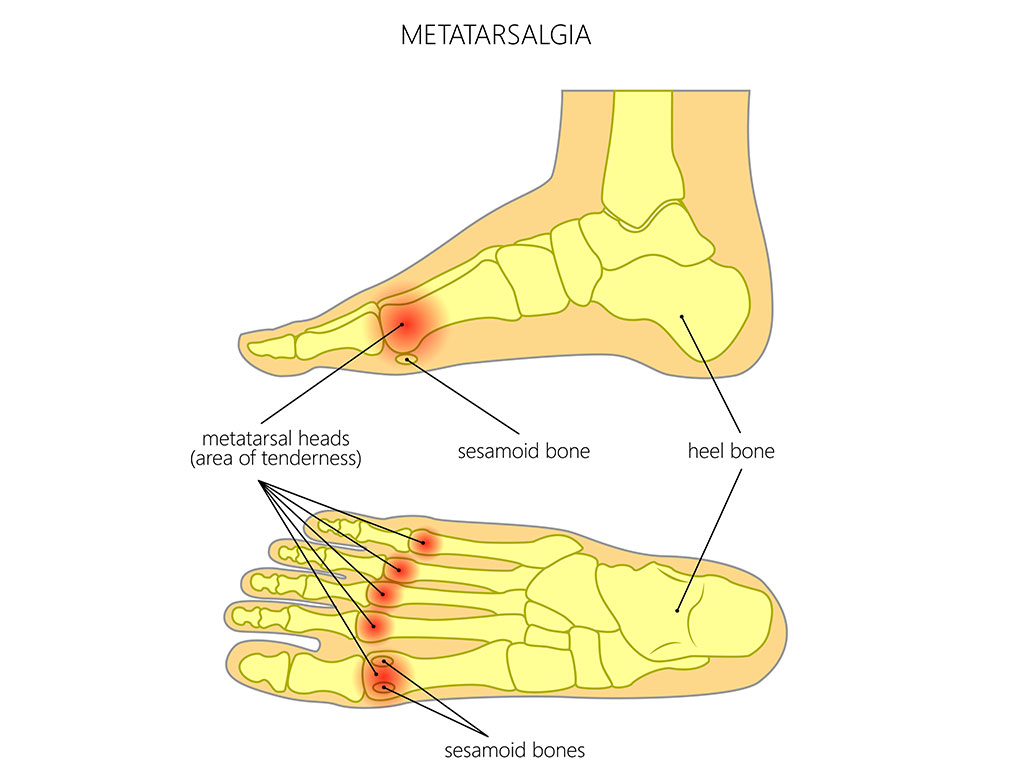
Sesamoid Injuries
The symptoms include:
A gradual or acute pain
- Shifting your weight to the outside of your foot while you walk
- Limping
- Inflammation and swelling
We treat sesamoid injuries by orthoses, electrotherapy, and therapy and in very rare cases, surgery.
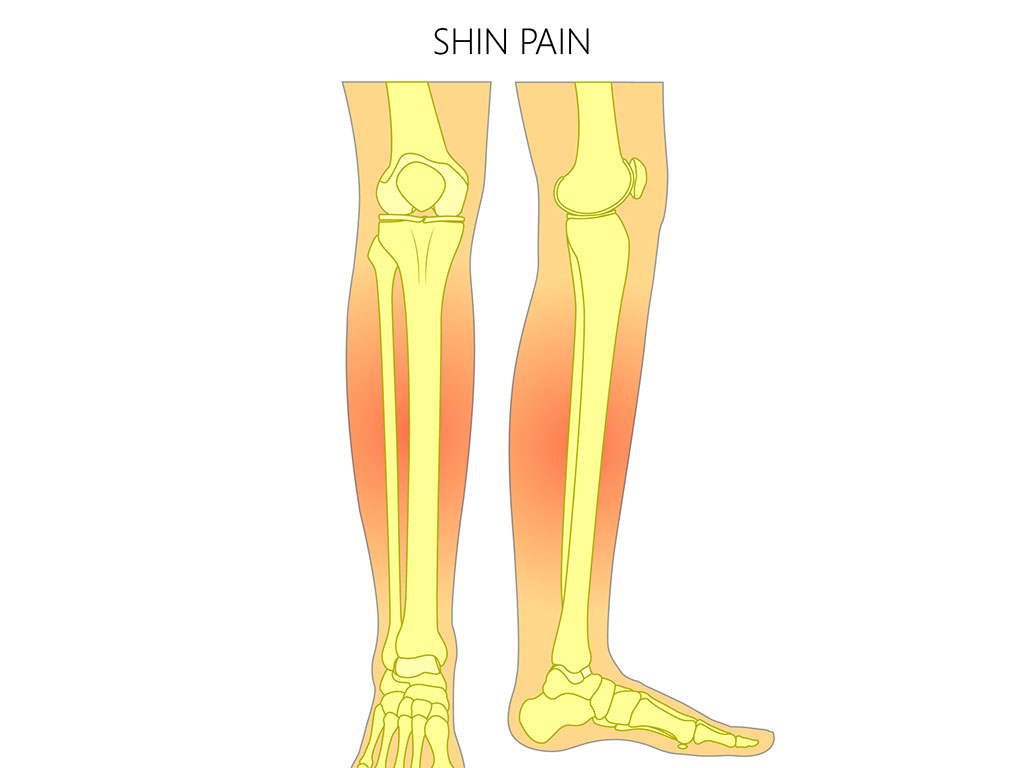
Chronic Compartment Syndrome
It can lead to swelling and, in very rare cases, complete disability. We treat the condition with physical therapy, RICE protocol, stretching, and switching exercisen.
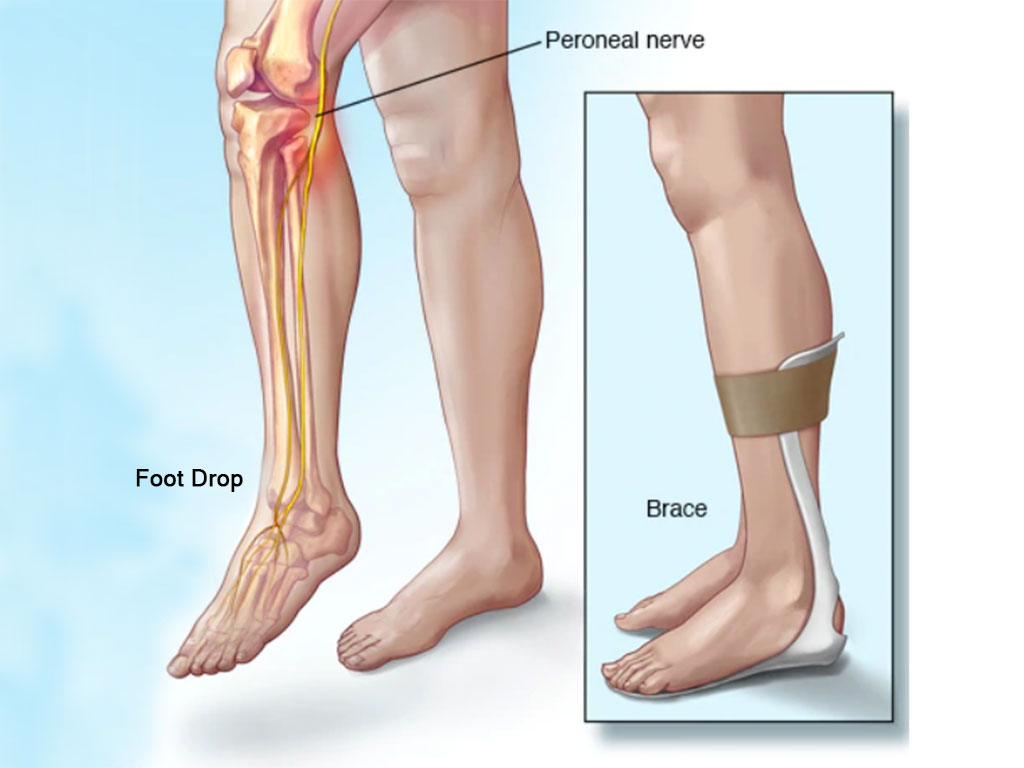
Drop Foot
It is caused by nerve injury, brain or spinal disorders, and muscle disorders. We treat the condition through physical therapy, lightweight braces, shoe inserts, and surgery.
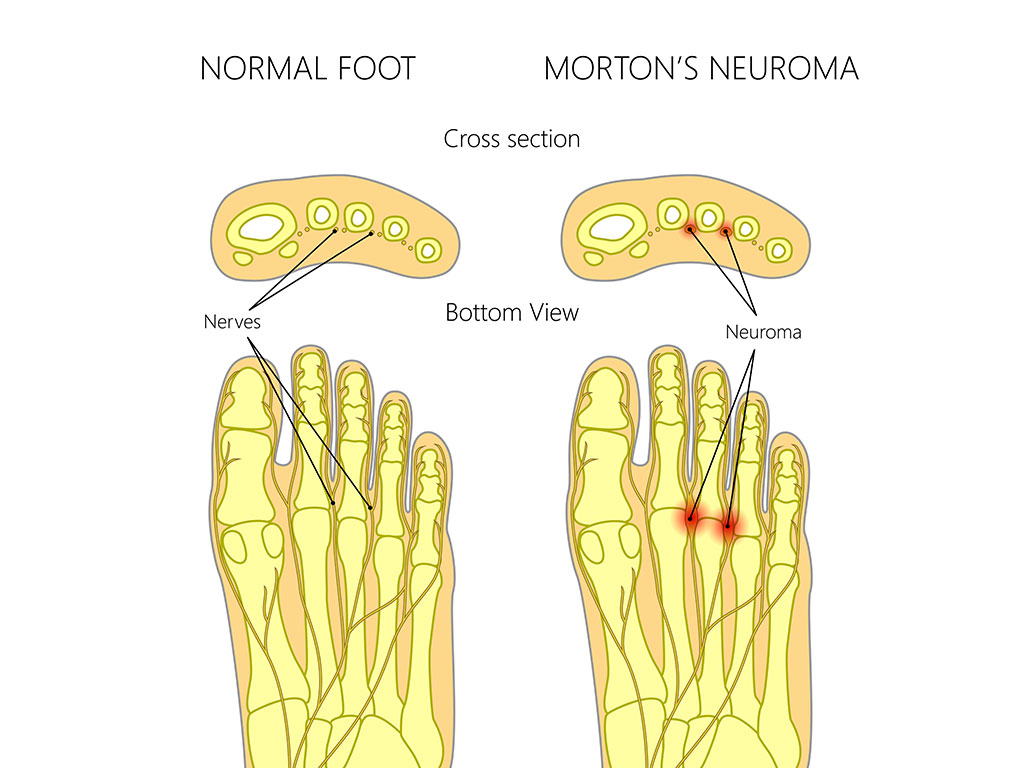
Morton’s Neuroma
They are characterized by a sharp or burning pain at the ball of your feet or a growing numbness. Patients who wear heels typically experience the symptoms of this conditions It is associated with high arches, flat feet, bunions, and hammertoes. We treat patients with Morton’s neuroma with physical therapy, stretching, massages, exercise, rest, ice, and in rare cases, surgery.
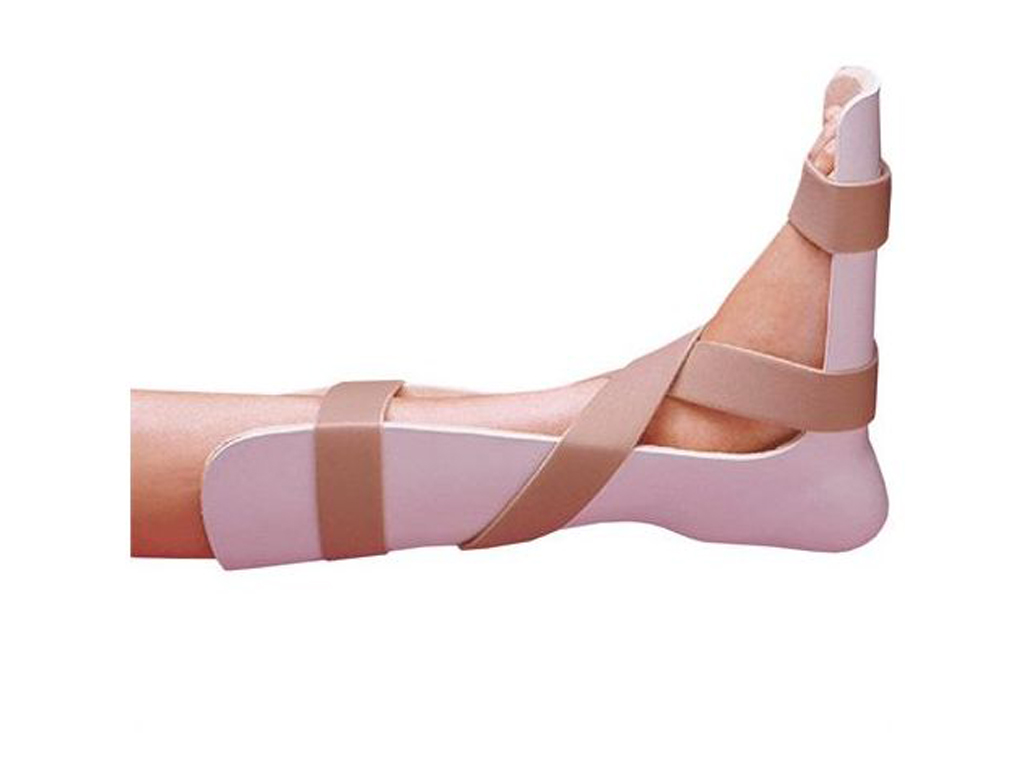
Heel Splint
aside from promoting, is eliminating the sharp pain you feel when you climb out of bed and stretch your plantar fascia.
Why Physiotherapy at Limelight Wellness Centre
- Physiotherapy Services at Limelight Wellness Clinic in Yaletown are provided by highly skilled registered physiotherapists that have over 15 years of experience. Our team is dedicated to planning and personalizing an effective treatment based on accurate assessments and can alleviate your pain using state of the art technology, the latest in manual therapy techniques and the most up to date in preventative treatment.
- Our patients are always our number one priority. From the moment you enter our clinic and continuing throughout your rehabilitation, we designed everything with one thought in mind: making your experience exceptional. Whether you are suffering from chronic or acute pain, or pain which is not responding to treatments, our Registered Physiotherapists will assess and treat your conditions to help you get your life back – pain free.
- Our modern facility is conveniently located at the corner of Richards and Drake streets right next to Yaletown-Roundhouse subway station in the Downtown Vancouver Area.
- The limelight wellness clinic is located in downtown Vancouver. It is a one-stop center that provides alternative health solutions and a variety of wellness treatments and therapies. Highly trained and skilled professionals offer our services with a great wealth of experience. Our physiotherapists go the extra mile to alleviate your pain using the latest technology, manual therapy approaches, and the most current preventative treatments.
- Since our clients are our utmost priority, our services are tailored with you in mind. We organize personalized treatment based on a precise assessment to give you an exceptional experience from your initial visit to the completion of your rehabilitation.
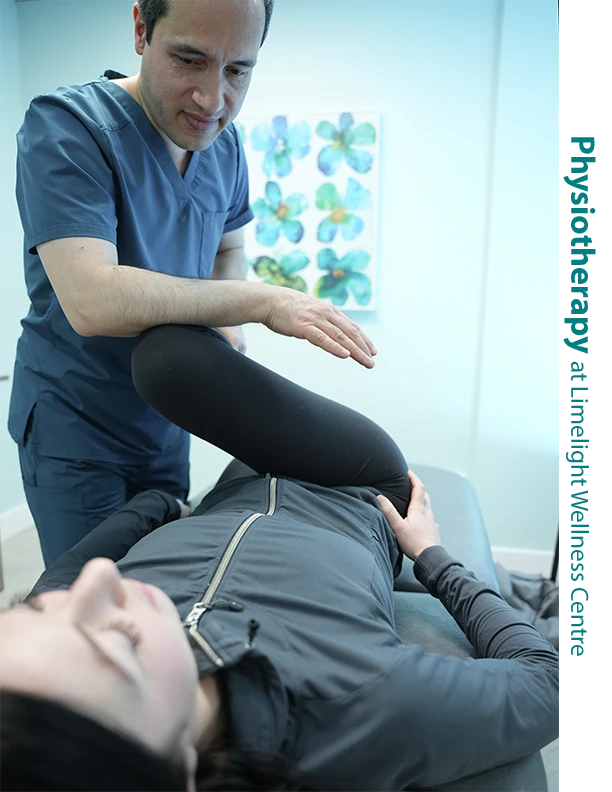
Let's Read !
Satisfied patients
Dr. Ali is an exceptional physiotherapist who truly cares about his patients. From the moment I walked into his office, I felt welcomed . He took the time to listen to my concerns and worked with me to create a personalized treatment plan that addressed my specific needs. His expertise in physiotherapy is evident in the way he explains the treatment process and techniques, making it easy for me to understand. He is incredibly patient and compassionate.
Moe Far
Mar, 2023
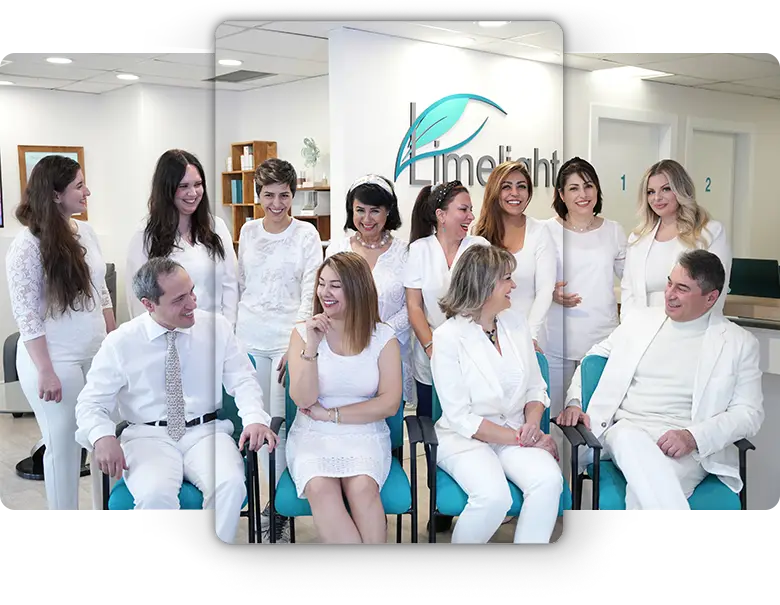
4.9
Opinions made by our patients
Approved Direct Billing & Insurance
Many common payors are shown below. Additional plans are accepted. Call to see if your insurance is accepted.


The Calf contains three major muscles and a large tendon that connects the muscle to the base of the heel. Any one of these muscles could be the cause of your heel pain, and sometimes the Achilles tendon might be the cause of your pain too.
seeing any of our trained physiotherapists, your heel pain could be diagnosed as:
- Calf muscle cramp
- Calf muscle strain
- Calf muscle contusion
- Soleus Muscle strain
- Achilles tendonitis
Though it’s not as common, it is entirely possible that your calf pain is a result of:
- Blood clot
- Baker’s cyst
- Nerve entrapment
- Popliteal Tendonitis
- Fracture of the lower leg bone, etc.
We typically tackle calf pain by first asking the patients a series of questions, then performing a physical examination to determine the cause of the pain. If the root of the pain is not determined, we will use an x-ray to study the affected area. From that point on, the principles of RICE (rest, ice, compression, and elevation) are administered and are supplemented with some exercises.





